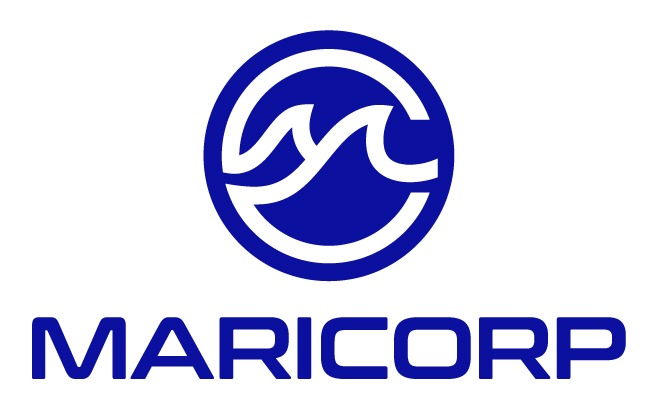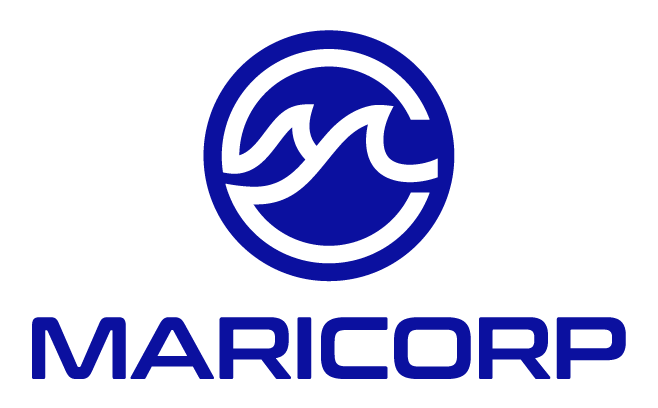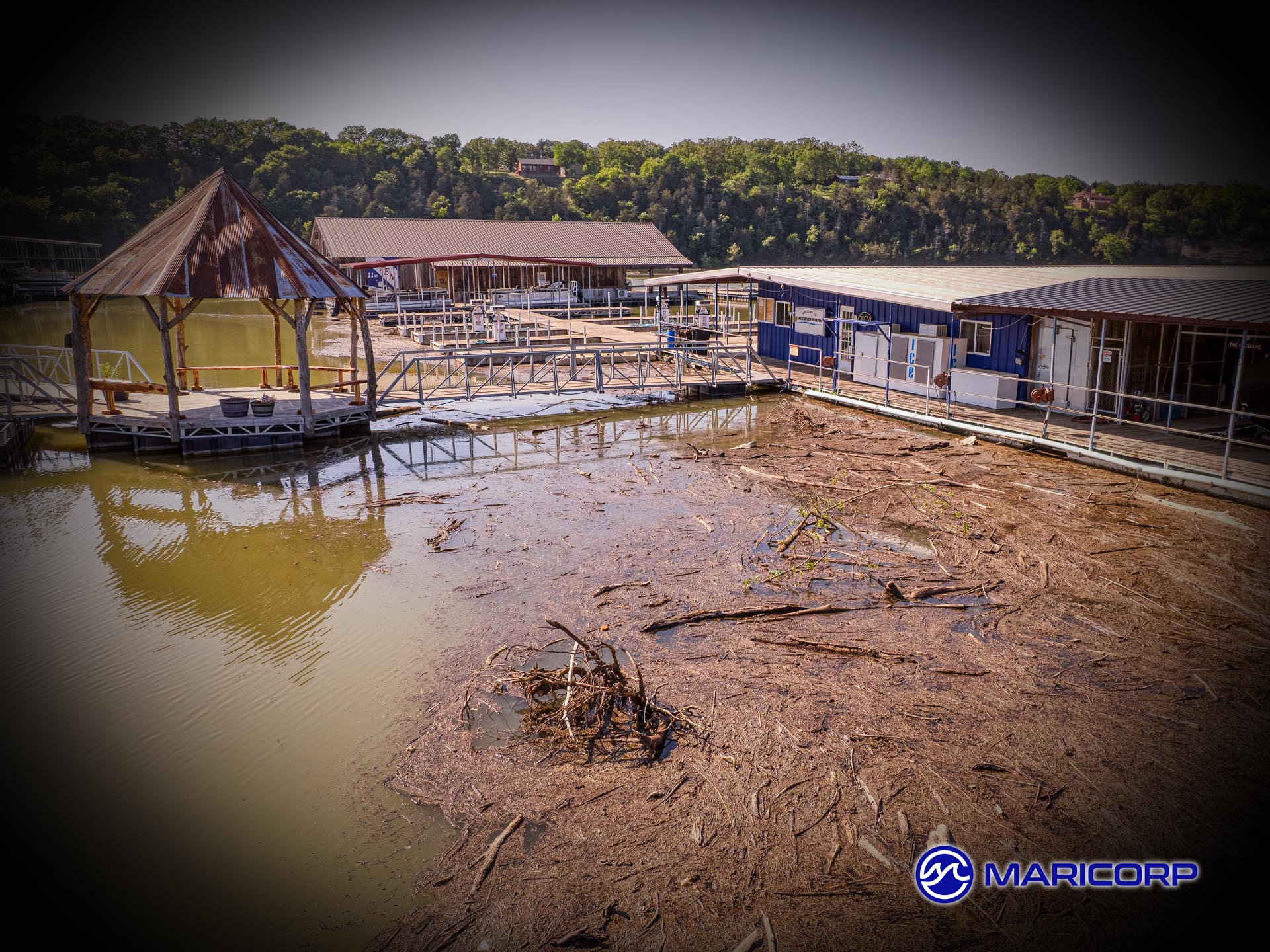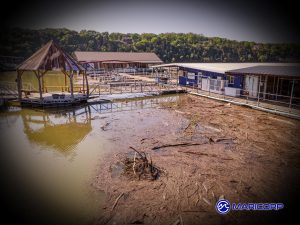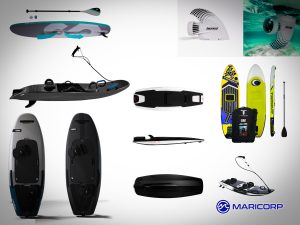Marina Protection: Ultimate Guide Against Future Storm Damage
Storm damage costs are increasing dramatically each year, creating new challenges for marina operators across the United States. Whether your facility operates on coastal waters, inland lakes, or river systems, effective marina protection has become essential for protecting investments and maintaining business continuity when severe weather strikes your area.
Recent financial data highlights the scale of this challenge across all waterfront properties. Disaster losses reached $162 billion in the first half of 2025, with American businesses absorbing $126 billion of that impact. These costs directly affect waterfront property owners from the Great Lakes to Gulf Coast marinas through rising insurance premiums and reduced coverage availability.
Weather Patterns Affecting All US Waters
Current forecasting indicates more active storm seasons ahead for both coastal and inland waters. NOAA predicts a 60% chance of an above-normal 2025 Atlantic hurricane season, expecting 13-18 named storms with 5-9 developing into hurricanes. However, severe weather threats extend far beyond hurricanes, affecting marina operations nationwide through intense thunderstorms, tornadoes, flooding, and extreme wind events.
La Niña conditions show a 71% probability of developing between October and December 2025. These weather patterns influence storm activity across the entire continental United States, increasing the frequency and intensity of severe weather events that affect inland marinas as much as coastal facilities.
Recent examples demonstrate escalating damage costs across diverse geographical areas. While Hurricane Helene generated $78.7 billion in coastal losses, inland flooding and severe thunderstorms caused billions more in damages to lake and river marinas throughout the Midwest and Southeast. The United States experienced 27 billion-dollar disasters in 2024, illustrating how costly weather events now affect marina operations regardless of location.
Insurance Market Evolution Nationwide
The insurance landscape for all waterfront properties has undergone significant changes. Carriers are implementing substantial premium increases or reducing their exposure to weather-related risks across coastal, lake, and river locations. These adjustments reflect actuarial analysis of increasing loss ratios affecting marinas in all 48 mainland states.
Marine facility protection improvements have transitioned from recommended practices to virtual requirements for maintaining coverage, whether your marina operates on Lake Michigan, the Mississippi River, or Chesapeake Bay. Underwriters now require documentation of storm preparedness measures before issuing or renewing policies for any waterfront facility.
Property owners who document infrastructure improvements typically secure more favorable rates and coverage terms regardless of their geographical location. Insurance carriers prefer clients who actively reduce their risk exposure through practical upgrades and comprehensive preparation strategies. This creates financial incentives for proactive marina protection improvements over reactive repairs.
Practical Infrastructure Solutions for All Marina Types
Sound marina protection focuses on proven protective measures addressing common vulnerabilities across different waterfront environments. Comprehensive marina protection strategies address multiple threat categories through systematic risk assessment and targeted infrastructure improvements.
Floating dock systems benefit from reinforcement or elevation systems that withstand storm surge conditions on coastal waters and flood conditions on inland waters. These marina protection improvements protect substantial investments while maintaining operational functionality for customers accessing boats on lakes, rivers, or coastal areas.
Electrical system protection requires elevated installations and waterproof enclosures that prevent water damage during flooding events common to all waterfront locations. Shore power pedestals equipped with quick-disconnect capabilities enable rapid equipment removal before storm arrival. Successful marina protection requires systematic planning of electrical infrastructure to minimize water damage risks regardless of your facility’s location.
These modifications prevent costly electrical repairs while reducing fire hazards during severe weather events that can affect any marina operation. Wind damage from severe thunderstorms poses similar risks to inland marinas as hurricanes do to coastal facilities.
Fuel system enhancements include improved containment systems and automatic shutoff valves that prevent environmental releases during storm conditions. Modern marina protection incorporates comprehensive fuel management protocols that satisfy regulatory requirements while protecting against cleanup costs and potential permit violations affecting marinas nationwide.
Building improvements emphasize wind-resistant materials and impact-resistant glazing that protect interior spaces and equipment from severe weather threats common across the continental United States. Professional engineering assessments identify specific vulnerabilities requiring attention, providing objective guidance for improvement priorities regardless of marina location.
Technology Integration Advantages
Modern weather monitoring systems provide extended preparation timeframes for implementing protective protocols at any marina location. Automated systems can secure equipment and adjust dock configurations based on storm forecasts, reducing last-minute preparation requirements when severe weather threatens facilities on lakes, rivers, or coastal waters.
Reliable communication infrastructure ensures connectivity with customers, staff, and emergency responders during storm events affecting any geographical area. Redundant systems maintain operational capabilities when primary networks fail, supporting coordinated response efforts and business continuity planning essential for marina operations nationwide.
Digital inventory management facilitates equipment tracking and condition assessments for marinas regardless of their water type or location. Electronic records streamline damage evaluations and insurance claim processing following storm events, accelerating recovery timelines for both coastal and inland facilities.
Financial Strategy Considerations
Infrastructure investments demonstrate clear economic advantages when compared to emergency repair costs and rising insurance expenses affecting marinas across all 48 mainland states. Marina infrastructure nationwide has sustained significant weather-related damage, with severe weather events creating extensive damage that strains both public and private resources regardless of location.
Current grant programs offset improvement costs through federal and state funding available to qualifying marinas on coastal waters, lakes, and rivers. These programs make marina protection upgrades more cost-effective than waiting for weather damage to necessitate expensive emergency repairs.
Marine facility protection financing options distribute investment costs over extended periods while adding property value to marinas in any location. Specialized lending programs recognize storm-resistant improvements as value-enhancing investments rather than routine maintenance expenses, supporting marina owners from the Great Lakes to the Gulf Coast.
Regional partnerships with neighboring facilities can reduce individual costs through shared protective systems and coordinated purchasing agreements. Collaborative approaches often qualify for enhanced grant funding compared to individual facility applications, benefiting marina operators regardless of their geographical location.
Regulatory Compliance Benefits
Marina protection supports environmental compliance requirements that intensify following major weather events affecting any waterfront location. Proper fuel containment, waste management, and water quality protection systems prevent violations that could result in operating permit complications for marinas on lakes, rivers, or coastal waters.
Emergency response coordination with local authorities benefits from established relationships and communication protocols developed during normal operations. These connections prove valuable during actual emergencies when rapid coordination becomes essential for safety and damage mitigation at any marina location.
Comprehensive documentation satisfies both insurance requirements and regulatory expectations while demonstrating professional management practices applicable to marina operations nationwide. Detailed preparation plans reduce liability exposure while supporting favorable relationships with oversight agencies affecting all waterfront businesses.
Implementation Methodology
Effective marine facility protection requires phased implementation addressing highest-risk components first while maintaining normal business operations. Critical systems include power infrastructure, fuel storage, and primary dock structures that support customer access and revenue generation at marinas regardless of their location.
Secondary improvements encompass building protection, equipment storage, and site modifications that reduce debris hazards from severe weather events common across the continental United States. These projects can proceed during routine maintenance periods without significantly disrupting customer services or operational capabilities.
Long-term planning should incorporate emerging technologies and evolving regulatory requirements that influence future storm preparedness standards for marinas nationwide. Regular plan updates ensure continued effectiveness as conditions and requirements change over time.
Risk Management Framework
Current insurance market conditions make marina protection investments essential for maintaining reasonable coverage costs regardless of marina location. Even facilities with clean claims histories face premium increases driven by industry-wide losses from severe weather events affecting waterfront properties across all 48 mainland states.
Risk assessment documentation supports insurance applications and renewal processes by demonstrating proactive management approaches applicable to any marina operation. Detailed preparation plans often qualify facilities for preferred coverage terms compared to competitors without documented risk mitigation measures.
Effective storm preparation that prevents or minimizes damage improves long-term claims history for marina operations on any water type. Clean records support favorable insurance relationships and competitive premium rates, creating ongoing financial benefits beyond immediate storm protection.
Professional Service Integration
Complex infrastructure improvements often benefit from professional engineering consultation to ensure proper design and installation appropriate for specific geographical conditions. Qualified marine contractors understand regional weather patterns and regulatory requirements that affect project success and long-term effectiveness.
Coordination with local emergency management agencies helps integrate facility plans with regional response capabilities across diverse geographical areas. These relationships provide access to resources and information that enhance overall preparedness effectiveness while supporting community-wide resilience efforts.
Regular maintenance and system testing ensure protective measures remain effective over time regardless of marina location. Scheduled inspections and updates maintain equipment reliability while demonstrating ongoing commitment to risk management that insurers and regulators expect from professional marina operations.
Strategic Implementation
Marina protection represents sound business planning based on observable market trends and practical operational considerations affecting waterfront facilities nationwide. Current weather patterns, insurance market conditions, and available funding opportunities create favorable conditions for implementing comprehensive protective measures regardless of marina location.
The combination of increasing storm intensity, rising repair costs, and evolving insurance requirements makes proactive investment the logical business decision for marina operators across the continental United States. Marina operators who prioritize marine facility protection during 2025 position themselves for operational continuity and competitive advantages during challenging seasons ahead.
Success requires systematic planning that addresses infrastructure needs, financial considerations, and regulatory requirements through practical, phased approaches applicable to any marina operation. The evidence clearly supports taking action now rather than waiting for the next major weather event to demonstrate the value of adequate preparation through costly experience affecting marinas nationwide.
Additional Fall Maintenance Articles:
- 5 Reminders for Fall Dry Boat Storage and Haul Out
- 10 End of Summer Marina Maintenance Tips
- 5 Essential Fuel Dock Maintenance Strategies and Power Pedestal Servicing Tips
*Sign up for our free newsletter “Marina Management Journal” so you can stay up to date
About MariCorp
Maricorp is one of the largest floating boat dock manufacturing and construction companies in the United States, specializing in galvanized steel floating docks and boat lift systems. With projects spanning coast-to-coast, Maricorp provides marina consultation and design, marine construction, marina repair and renovation, and boat dock disaster response and demolition.
